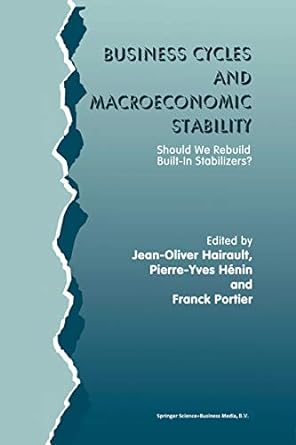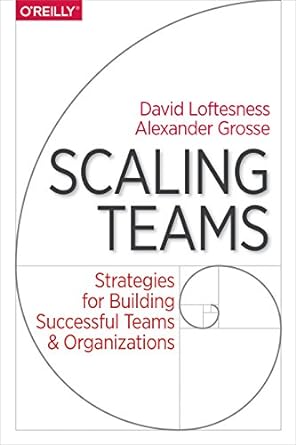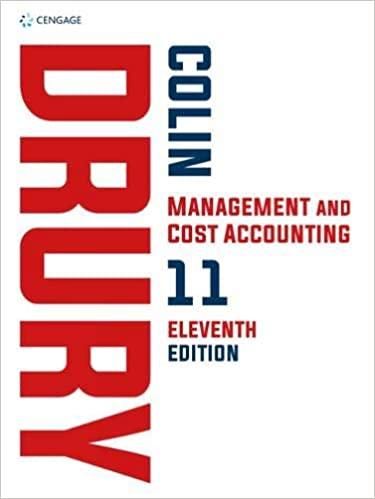Go back


Business Cycles And Macroeconomic Stability Should We Rebuild Built In Stabilizers(1st Edition)
Authors:
Jean-Olivier Hairault ,Pierre-Yves Henin ,Franck Portier

Cover Type:Hardcover
Condition:Used
In Stock
Shipment time
Expected shipping within 2 DaysPopular items with books
Access to 30 Million+ solutions
Free ✝
Ask 50 Questions from expert
AI-Powered Answers
✝ 7 days-trial
Total Price:
$0
List Price: $194.31
Savings: $194.31(100%)
Solution Manual Includes
Access to 30 Million+ solutions
Ask 50 Questions from expert
AI-Powered Answers
24/7 Tutor Help
Detailed solutions for Business Cycles And Macroeconomic Stability Should We Rebuild Built In Stabilizers
Price:
$9.99
/month
Book details
ISBN: 1461378303, 978-1461378303
Book publisher: Springer
Get your hands on the best-selling book Business Cycles And Macroeconomic Stability Should We Rebuild Built In Stabilizers 1st Edition for free. Feed your curiosity and let your imagination soar with the best stories coming out to you without hefty price tags. Browse SolutionInn to discover a treasure trove of fiction and non-fiction books where every page leads the reader to an undiscovered world. Start your literary adventure right away and also enjoy free shipping of these complimentary books to your door.
Book Summary: Setting the issue "Most economists consider the marked increase in automatic stabilizers a highly favorable development with respect to maintenance of economic stability". Besides the rare privilege of having being signed by both Milton Friedman and Paul Samuelson (Depres,Friedman, Hart, Samuelson, and Wallace [1950]), among others, this sentence expressed as soon as 1950 the consensus view on the stabilizing effect of fiscal rules governing tax revenue and public expendi tures and transfers. This positive ex ante assessment will have been confirmed ex post as part of the explanation for post war stabilization (Burns [1960], de Long and Summers [1986], Moore and Zarnovitz [1986]). However, it becomes disputed in both its positive and normative aspects. Many institutional changes since the eighties point at curbing back the transfer mechanisms underlying automatic stabilizers, and legal restraints on deficits such as the US balanced budget amendment or the European Maastricht criteria would involve serious risks for the future of stabilizers. Under such rules "the government would become, almost inevitally, a destabilizer rather than a stabilizer" said Joseph Stiglitz, quoted by the New York Times (April 1995)). "Built-in stabilizers are automatic fiscal adjustments that reduce the national income multiplier and thus cushion the effects of changes in autonomous spend ing on the level of income" (Pechman [1987]). Early analyses of the automatic fiscal stabilizers include the contributions of A. G. Hart [1945], R. Musgrave and M. Miller (1948) and E. C. Brown (1955).
Customers also bought these books
Frequently Bought Together
Top Reviews for Books
Request i3clnu1
( 5 )
"Delivery was considerably fast, and the book I received was in a good condition."










